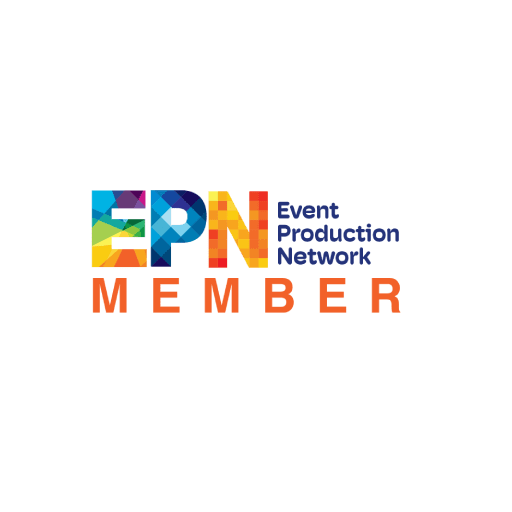How Production Companies Transform Ideas Into Compelling Visuals
The procedure by which manufacturing firms transform abstract ideas right into compelling visuals is both elaborate and systematic, starting with the essential phases of ideation and script growth. As the job progresses through pre-production, production, and post-production, each stage needs mindful attention to detail and placement of artistic elements.
Comprehending the Creative Refine
While the imaginative procedure might differ substantially from one production company to one more, it commonly entails an organized approach that balances artistic vision with useful execution. Originally, the procedure starts with ideation, where principles are conceptualized and improved. During this stage, innovative teams take part in discussions that explore themes, narratives, and aesthetic styles, guaranteeing that the core message lines up with the intended audience.
Following ideation, the growth stage takes facility stage, where manuscripts, storyboards, and shot checklists are diligently crafted. This stage is necessary as it equates abstract ideas into substantial strategies, assisting in a smoother manufacturing procedure. The innovative team works together very closely, making sure that every element, from casting to location hunting, reflects the creative intent.
Post-production better refines the visuals and noise, culminating in a polished last product that resonates with the target market. Thus, comprehending this organized creative procedure is crucial for valuing just how production firms change concepts right into compelling visuals.

The Function of Partnership
How does collaboration enhance the creative output of manufacturing firms? At its core, partnership is an essential stimulant that promotes advancement and imagination within the production landscape.

In addition, partnership urges open communication, which is critical for navigating the complexities of production. It grows an environment where responses is valued, permitting repetitive improvements and modifications that boost the end product. Inevitably, the collaborative spirit within production business offers to change initial ideas right into engaging visuals that captivate audiences, enhancing the importance of teamwork in accomplishing artistic excellence.
Pre-Production Fundamentals
Pre-production is an essential phase in the filmmaking process, commonly incorporating 5 important steps that lay the foundation for a successful manufacturing. The initial step entails script development, where the screenplay is refined, making sure that the story is natural and compelling. This is adhered to by budgeting, which develops the economic structure for the task, recognizing key costs connected to cast, crew, locations, and devices.
The 3rd action is casting, an essential procedure that entails picking pop over to this web-site the appropriate stars to depict the personalities authentically. A well-cast film can considerably improve the story's impact. Next, location searching is carried out to discover appropriate filming sites that align with the vision of the job, taking into consideration logistical variables such as access and authorizations.
Catching the Vision in Production
In the vibrant environment of a film collection, catching the vision in production requires thorough control and partnership among all departments. Each team, from cinematography to art direction, plays a vital function in translating the movie script right into visual images that resonates with audiences. The director's vision must be effectively connected to guarantee that every shot, angle, and lighting selection lines up with the overarching narrative.
Cinematographers are entrusted with selecting camera devices and lenses that best share the tale's tone, while production developers create immersive settings that enhance the aesthetic experience. Wardrobe and make-up teams add by shaping personalities through their appearance, enhancing the story's themes.
Audio design and songs additionally enhance the visuals, establishing psychological context and increasing target market interaction. Daily coordination conferences and on-set communication networks promote real-time adjustments, ensuring that any type of imaginative nuances are caught as they arise.
Eventually, capturing the vision in manufacturing has to do with integrating these diverse aspects to produce a natural and compelling visual narrative. The joint effort not only why not check here brings the manuscript to life yet additionally lays the foundation for a powerful cinematic experience.
Post-Production: Refining the Last Item
Post-production plays an essential function in improving the end product, transforming the raw video captured during production into a polished cinematic experience (production companies nashville tn). This phase includes several vital procedures, consisting of editing, sound design, shade correction, and visual effects, each adding to the overall story and emotional influence of the movie

Sound layout is similarly essential, including the enhancement of dialogue, audio effects, and climatic sounds that improve the watching experience - production companies nashville tn. The cautious layering of audio components assists engage the audience in the tale world
Shade improvement even more enhances visual allure, adjusting shades and contrasts to develop a cohesive aesthetic that aligns with the film's state of mind. This step makes certain that each framework reverberates emotionally with audiences.
Verdict
In conclusion, the improvement of principles into compelling visuals requires an organized and collaborative technique within manufacturing firms. By focusing on interaction and sychronisation throughout the imaginative process-- from ideation and pre-production to manufacturing and post-production-- these companies effectively line up numerous creative components with the story. This precise technique not only improves narration but likewise astounds target markets, eventually causing immersive and interesting motion picture experiences that reverberate deeply with viewers.